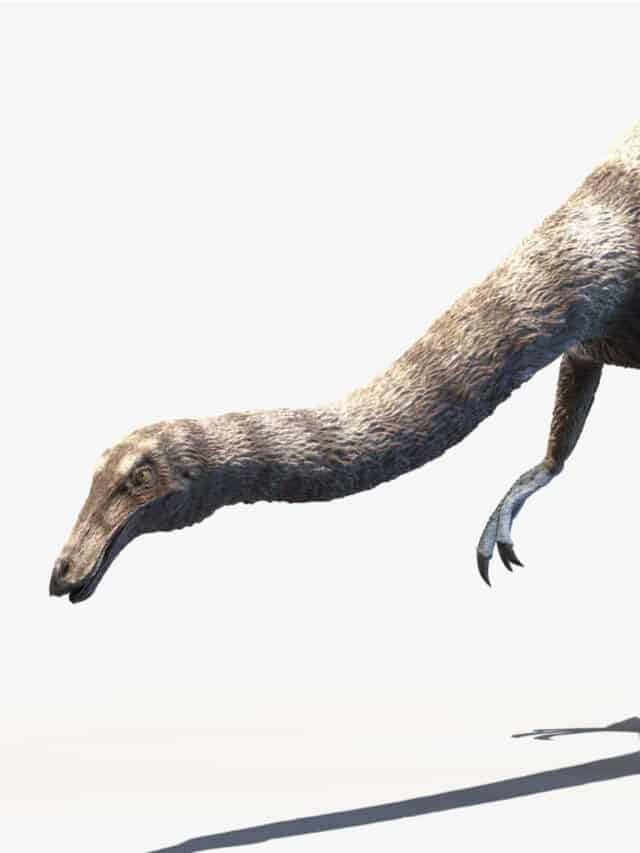Delaware is known as “The First State” in the U.S., but it’s also the second-smallest state. Due to the lack of land area, paleontologists have less space to locate dinosaur fossils and remains. That doesn’t mean Delaware wasn’t home to any dinosaurs, just that the evidence of such creatures is scant. Still, we’re going to look at the fossil evidence of the three dinosaurs that lived in Delaware.
We’ll tell you what fossils scientists have found, talk about why so few creatures were located in Delaware, and even tell you about the resources to learn more about dinosaurs in this state. Before we get into all of that, though, let’s start by talking about Delaware’s state dinosaur.

What Is Delaware’s State Dinosaur?
Delaware adopted Dryptosauridae as its state dinosaur. The bones of this dinosaur were originally misattributed to other species. However, researchers corrected the mistake and identified the remains as belonging to the Dryptosauridae family.
Members of the Dryptosaurus genus are tyrannosauroids, large theropods that hunted other animals. Dryptosaurus aquilunguis, the type species, measured about 25 feet long and weighed about 3,400 pounds!
The Dryptosauridae has not been identified beyond its family and genus, though. Either the remains were not complete enough to positively identify the creature or scientists needed to examine them again.
The fossils were found in the Chesapeake & Delaware Canal, a man-made body of water that runs through the northern part of Delaware. This canal connects the Chesapeake Bay and the Delaware River.
Oddly enough, a major reason that dinosaur fossils are found in this area is that the construction of the canal exposed a formation dating back to the Cretaceous Period that lasted from 144 to 65 million years ago. Also, the Chesapeake & Delaware Canal is often dredged, and fossil remains are found in the material that is removed.
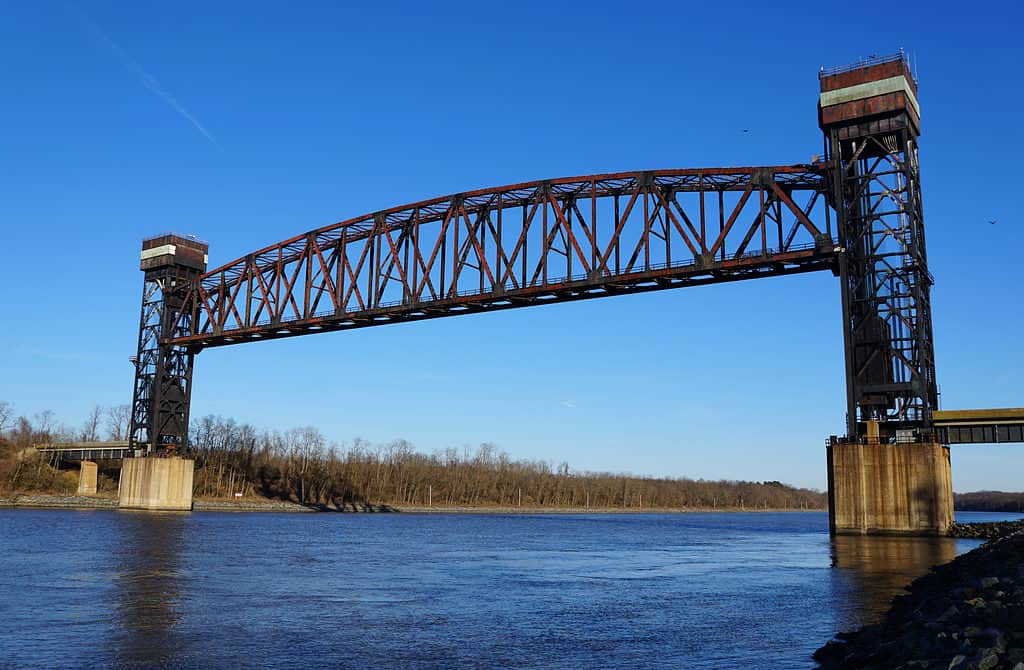
The construction of the Chesapeake and Delaware Canal exposed many of the dinosaur fossils found in Delaware.
©Khairil Azhar Junos/Shutterstock.com
What Are the 3 Dinosaurs that Lived in Delaware?
Scientists have found evidence of three types of dinosaurs in Delaware. However, the researchers don’t have enough evidence to positively identify the dinosaurs based on the small number and fragmentary nature of the fossils. Still, we’re going to show you the three families or genera of dinosaurs that lived in Delaware and present you with the best guess that people have come up with regarding their species.
1. Dryptosauridae (Possibly Dryptosaurus aquilunguis)
Obviously, Dryptosauridae is the first sort of dinosaur we’re going to talk about. Dryptosauridae is the state dinosaur of Delaware. However, the fossils were not originally identified in this family. Instead, researchers believed they belonged to a Gallimimus or Ornithomimus. Decades later, the fossils were re-examined and properly identified.
However, researchers were still in the process of confirming the fossil’s species when they made the creature the state dinosaur. Given the fact that Dryptosaurus aquilunguis was found in New Jersey, a neighboring state, it seems possible that it could be the type of dinosaur found in this area.
Dryptosaurus aquilunguis was a large theropod that weighed up to 3,400 pounds, measured 25 feet long, and stood about 5.5 to 6 feet tall at the hips. The dinosaur is a relative of the Tyrannosaurus rex, but it was not nearly as large.
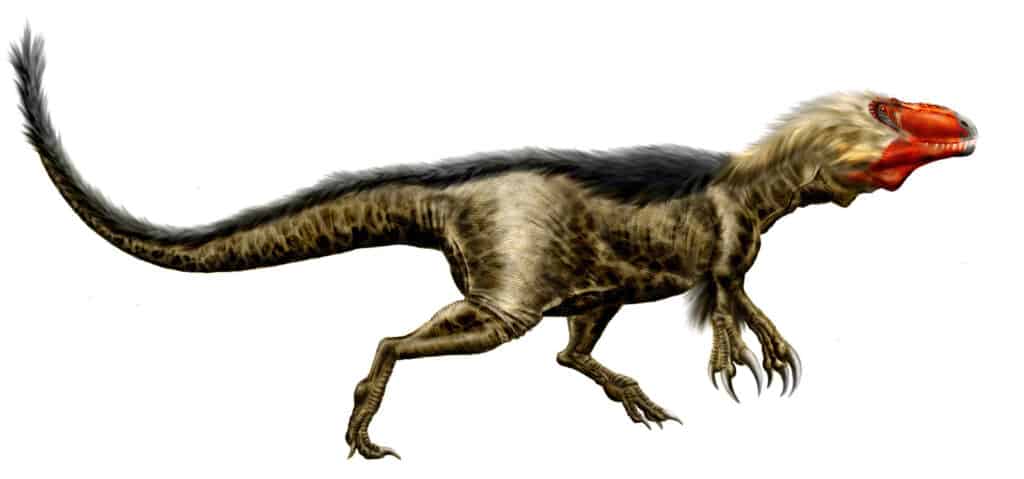
Given that
Dryptosauruswas found in the neighboring state of New Jersey it is likely to have also lived in Delaware.
©Josep Asensi: http://durbed.deviantart.com / CC BY 3.0 – License
2. Various Unidentified Hadrosaurs, Possibly Hadrosaurus foulki
Researchers classified many fossils that they recovered as belonging to hadrosaurs. However, given the small size of the fossils, they’ve had some trouble identifying any particular species.
Yet, the researcher that put together the legislation that designated the Dryptosauridae as the state dinosaur of Delaware may have provided us with a valuable clue. According to them, at least some of the hadrosaurids’ remains probably belonged to Hadrosaurus foulki.
Hadrosaurus foulki was a large duckbilled creature that measured about 20 to 25 feet long and weighed between 4,000 and 8,800 pounds. The creature could have walked on two or four feet depending on its needs. If you’ve followed the history of dinosaurs in various states, like New Jersey, then you may have seen this name before.
After all, Hadrosaurus foulki is New Jersey’s state dinosaur! Interestingly, if New Jersey did not already claim this creature as its state dinosaur, then Delaware probably would have claimed it as its own. At least, that’s what the legislation naming its state dinosaur seems to imply.
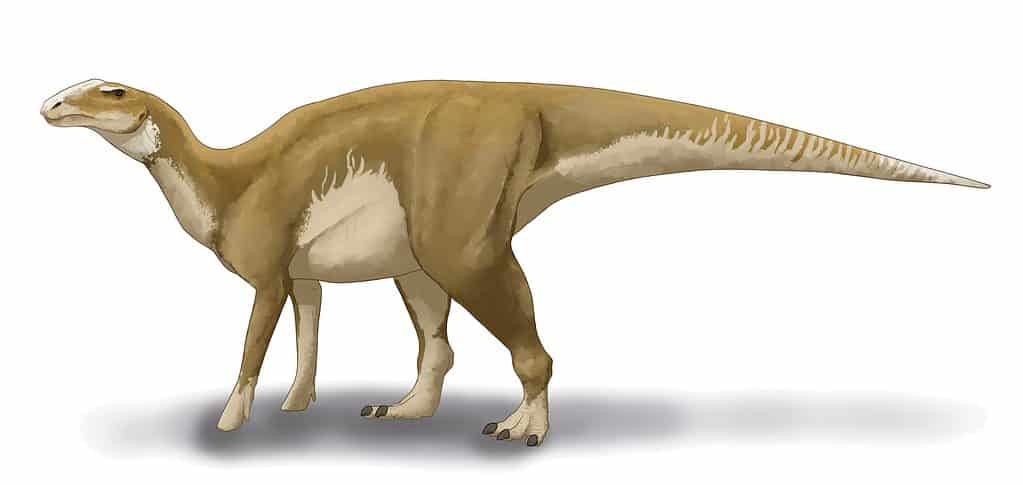
was a large duckbilled creature that measured about 20 to 25 feet long and weighed between 4,000 and 8,800 pounds.
©Audrey.m.horn, CC BY-SA 4.0 <https://creativecommons.org/licenses/by-sa/4.0>, via Wikimedia Commons
3. Unidentified Ornithomimids
Lastly, scientists recovered fossils of some unknown species of Ornithomimids. Some of the fossils were assigned to the Cryptotyrannus species, but they turned out to be the fossils that belonged to Dryptosauridae.
True Ornithomimids are small and medium-sized theropods that looked similar to ostriches or emus. These creatures were known for their high rate of speed, upwards of 50 mph, as well as their omnivorous diets. They were primarily herbivorous, though.
Many small fossils recovered in Delaware have been assigned to the Ornithomimids. However, little evidence exists to provide a definitive species for them. One day, the fossils may be reexamined and properly placed.
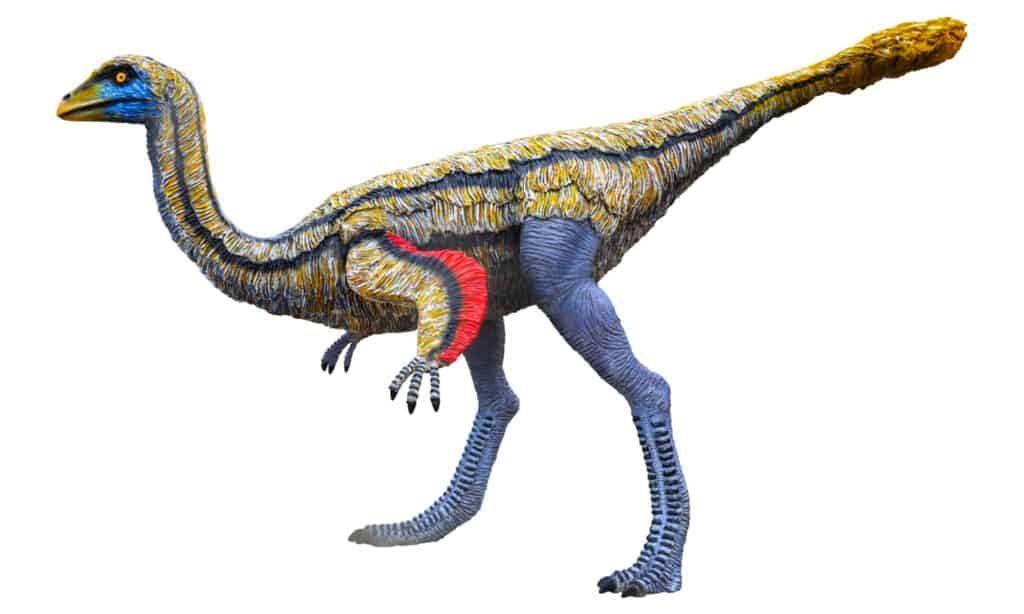
Scientists recovered fossils in Delaware of unknown species of Ornithomimids, which were theropods that looked similar to ostriches or emus.
©YuRi Photolife/Shutterstock.com
Where Can You See Dinosaur Fossils in Delaware?
Now that you know about the dinosaurs that lived in Delaware, you probably want to know where to see the fossils or replications of the dinosaurs that once lived in the area.
The best option to get up close with dinosaur exhibits can be found at the Delaware Museum of Nature and Science. The exhibit called “Paleozone” allows you to see all sorts of information about the dinosaurs that lived in the Mid-Atlantic region throughout the Cretaceous Period.
You can see the Dryptosaurus skeleton and others, but you probably won’t see any of the fossil specimens that we’ve mentioned here. In fact, we couldn’t find any information about where the original fossils are kept. However, given that they are said to be very small bits of bone for the most part, you probably aren’t missing out on much.
Before you plan a trip to the Delaware Museum of Nature and Science, it’s a good idea to check out their hours and requirements to see the exhibits.
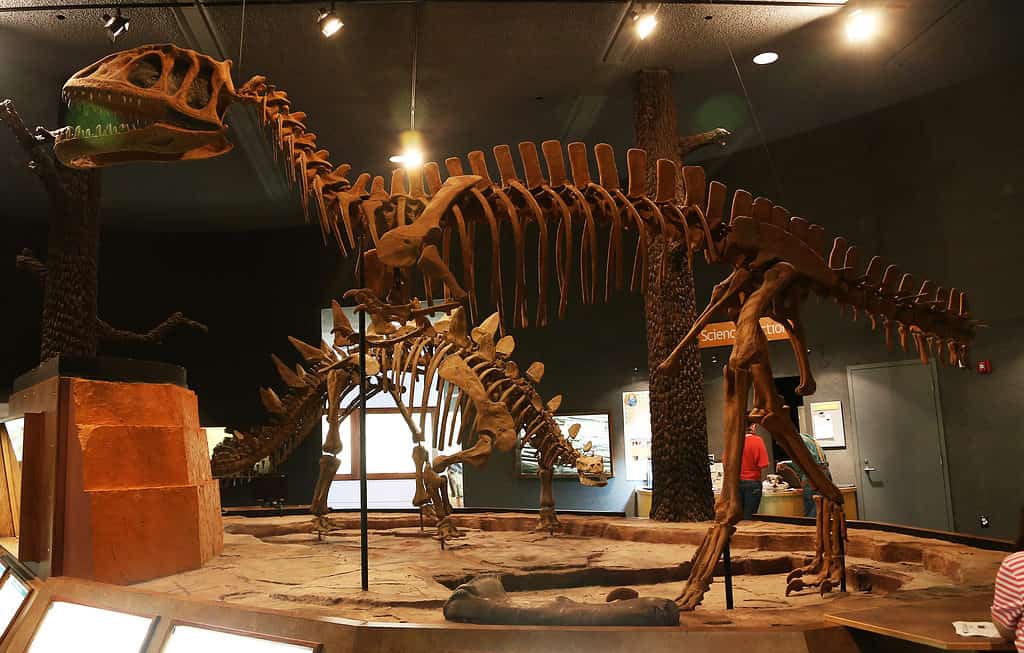
Visit the Delaware Museum of Nature and Science to see and learn about the dinosaurs that lived in the Mid-Atlantic region.
©Jim, the Photographer from Springfield PA, United States of America, CC BY 2.0 <https://creativecommons.org/licenses/by/2.0>, via Wikimedia Commons – License
Dinosaurs that Lived in Delaware Visual Story
The photo featured at the top of this post is © SciePro/Shutterstock.com
Sources
- Delaware Government, Available here: https://legis.delaware.gov/json/BillDetail/GenerateHtmlDocument?legislationId=109382&legislationTypeId=1&docTypeId=2&legislationName=HB390
- Carpenter, K., Dale Russell, Baird, D., & Robert Denton. (1997). Redescription of the Holotype of Dryptosaurus Aquilunguis (Dinosauria: Theropoda) from the Upper Cretaceous of New Jersey. Journal of Vertebrate Paleontology, 17(3), 561–573. http://www.jstor.org/stable/4523837, Available here: https://www.jstor.org/stable/4523837
Thank you for reading! Have some feedback for us? Contact the AZ Animals editorial team.



